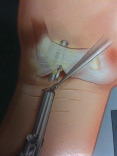 Each year, millions of Americans slowly develop debilitating pain in their hand(s) that causes sleepless nights and weakness of grip limiting the use of their hand or even the ability to work. Usually not related to injuries, the pain evolves slowly over time in one or both hands. There may be painful numbness or tingling sensations that come and go based on the position or usage of the hand during daily activities. This condition is known as Carpal Tunnel Syndrome (CTS).
Each year, millions of Americans slowly develop debilitating pain in their hand(s) that causes sleepless nights and weakness of grip limiting the use of their hand or even the ability to work. Usually not related to injuries, the pain evolves slowly over time in one or both hands. There may be painful numbness or tingling sensations that come and go based on the position or usage of the hand during daily activities. This condition is known as Carpal Tunnel Syndrome (CTS).
CTS is caused in the wrist by compression of the median nerve from swelling of the flexor tendons. It is commonly seen in people in their 40’s and 50’s (but may occur at any age), and more frequently in women. CTS may occur after injuries such as fractures, sprains and strains of the wrist, after pregnancy or in various medical conditions, but typically evolves from the chronic over-use of the hand. It has been associated with certain activities and/or types of work, referred to as repetitive or occupational stress syndromes.
Diagnosed by symptoms, physical examination and at times by nerve conduction and electromyography (or NC/EMG), CTS is usually first diagnosed by one’s primary care physician or an internist. Treatment consists of bracing, anti-inflammatory medications, stretching of the muscles of the palm and ergonomic changes to activities, work-stations and other objects the hand may hold. Conservative treatment may take months to resolve symptoms. If treatment fails, patients are referred to an orthopaedic surgeon.
Treatment by an orthopaedic surgeon may include injection of the carpal tunnel, continued bracing, medications, physical therapy and the addition of NC/EMG testing if it has not been completed. Should symptom management fail, surgery is recommended.
Carpal Tunnel Syndrome surgery releases the ligament at the base of the palm that is compressing the tendons which flex the fingers. This surgery usually involves minimally invasive techniques known as endoscopy or arthroscopy, and is completed in less than 20 minutes (surgery time) in a surgery center or hospital’s outpatient unit. If CTS is apparent in both hands, the surgeon may recommend operating on both hands simultaneously.
Patients are encouraged to use the hand right way, avoiding overuse. Bracing may be continued and physical therapy initiated. Most individuals return to standard daily activities within 2 weeks and to work when the wounds are healed (depending on the type of work.)
Early Carpal Tunnel Syndromes may resolve over several months. Symptomatic treatments may also be effective. When this is not the case, minimal invasive surgery is predictable, the outcomes excellent and recurrence rare.
Dr. Jon McLennan specializes in Orthopaedic Surgery and Sports Medicine and is located at JFK Orthopedics in La Quinta. Dr. McLennan can be reached at 760.777.8282. Visit www.OrthopaedicSportsMedicineLaQuinta.com



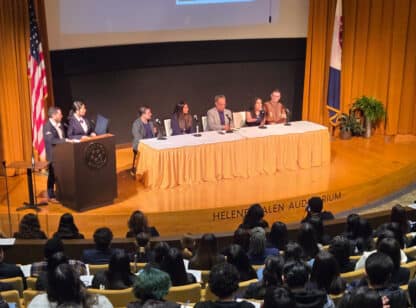




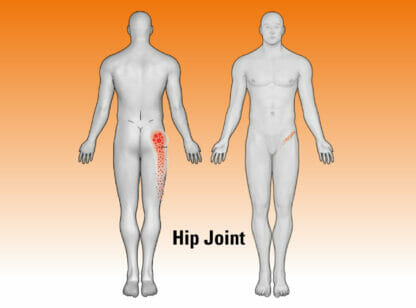

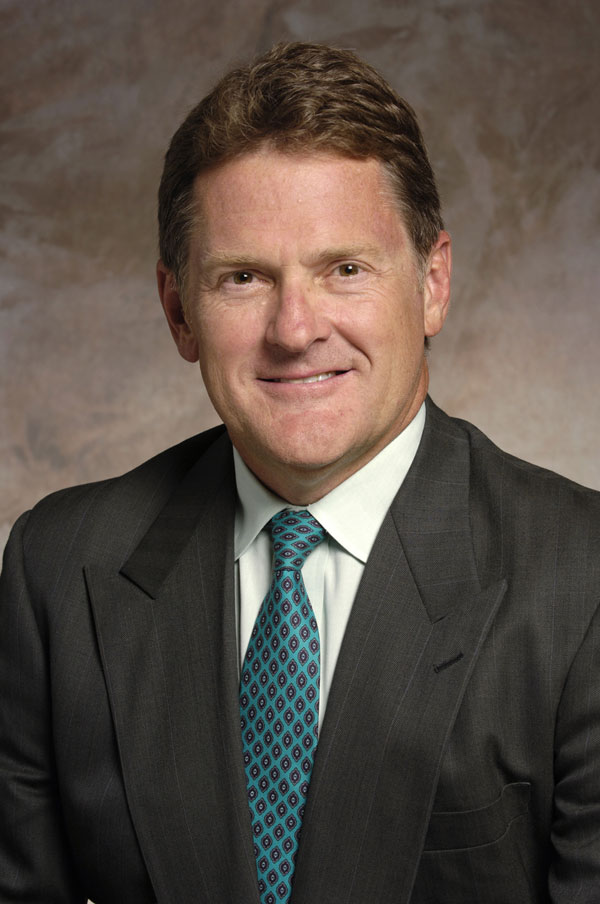


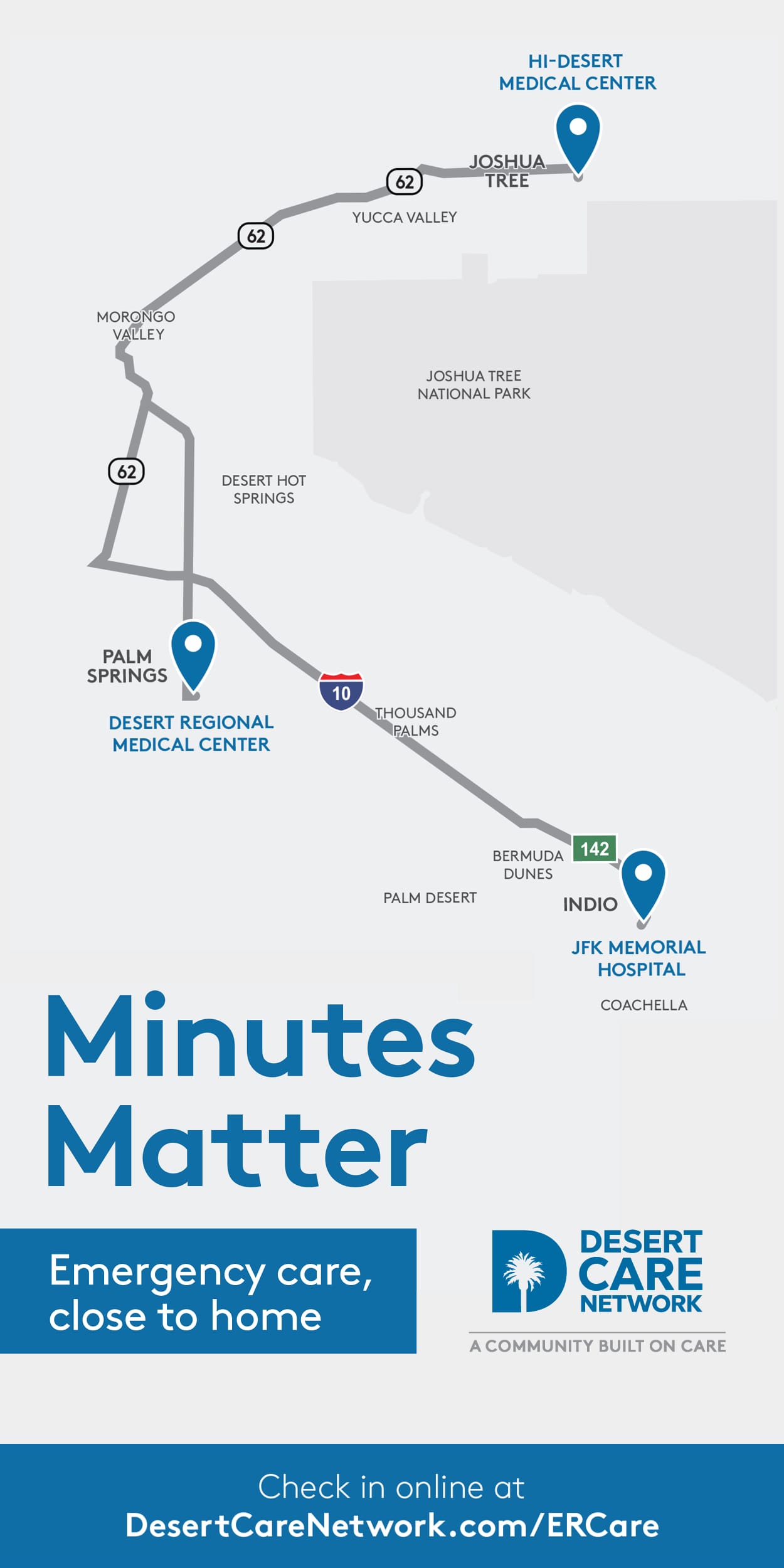






























Comments (0)